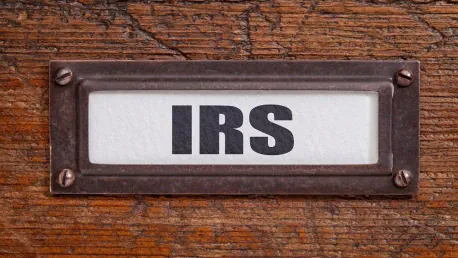The concept of micro-captive insurance is garnering significant attention in Florida as small businesses seek alternatives to traditional insurance due to soaring commercial insurance rates. Despite the increased scrutiny by the IRS concerning potential tax implications, more small business owners are turning to micro-captives to manage their risks effectively. The 831(b) section of the tax code, which originally aimed to assist small farmers, is now being leveraged by many small firms to potentially benefit from tax advantages. The surge in popularity of micro-captives highlights both their practical benefits and the complexities of navigating regulatory landscapes.
Increasing Popularity of Micro-Captives Among Small Businesses
Traditional Insurance Shortcomings
With the rise in Florida’s commercial insurance rates, small businesses find themselves facing significant challenges in securing comprehensive coverage. A notable issue is that many of these traditional insurance policies no longer offer full replacement value, especially concerning damage to roofs. This gap in coverage has led businesses to explore self-insurance options to mitigate risks. Micro-captives have emerged as an effective solution, allowing companies to manage part of their risk without relying solely on traditional insurance.
Van Carlson, the founder of SRA 831(b) Admin, reported a staggering 2,200% increase in micro-captives created for clients in Florida over the past five years. This exponential growth underscores the increasing demand for alternative risk management solutions. For many business owners, micro-captives provide a supplemental layer of insurance that offers more tangible benefits in the face of unpredictable challenges. By structuring their insurance in this manner, companies can address coverage gaps and ensure they are better protected against specific risks that traditional policies might overlook.
Practical Benefits Observed by Businesses
Some business owners, like Kelly from Florida, have seen firsthand the benefits of micro-captive insurance. After a hurricane forced her office to shut down, her captive’s business-interruption provision stepped in to cover her losses. Unlike traditional insurance, which often comes with exclusions and potential delays, her micro-captive provided timely and comprehensive coverage. This experience highlights one of the critical advantages of micro-captives: their ability to deliver precise and efficient responses to claims, ensuring that businesses can recover and resume operations more swiftly.
The absence of reserve funding or surplus requirements in micro-captives makes indemnity payouts more accessible and straightforward. These payouts come directly from premiums paid by participating businesses, making the process more transparent and efficient. While the IRS has raised concerns about the potential for tax abuse within the micro-captive industry, many business owners view micro-captives as an essential component of their risk management strategy. They offer a practical means to address specific coverage needs, providing peace of mind and financial stability in uncertain times.
Regulatory Scrutiny and the Future of Micro-Captives
Concerns Raised by the IRS
Despite the growing popularity of micro-captives, the IRS has scrutinized their use due to concerns over tax abuse. The agency proposed new regulations in April 2023 to closely examine micro-captive transactions, particularly targeting those with low loss ratios. Critics argue that forming a captive solely for tax benefits undermines the legitimacy of the practice. The concern is that some firms might exploit the tax advantages of the 831(b) statute without genuinely addressing their risk management needs. This misuse could potentially lead to losses in tax revenue, prompting the IRS to take a closer look at these practices.
The IRS’s proposed regulations suggest heightened scrutiny of micro-captives with loss ratios below 65%, aiming to ensure that these entities operate for genuine risk management purposes. While the IRS reconsidered its initial proposals after federal appeals court rulings, it is evident that some form of regulatory change is on the horizon. Businesses that have formed micro-captives must remain vigilant and prepared for potential rule changes, which could impact their operations and tax obligations. Navigating these regulatory waters requires a keen understanding of both the benefits and risks associated with micro-captives.
Potential Impacts and Future Outlook
The concept of micro-captive insurance is gaining considerable traction among small businesses in Florida, driven by the rising costs of traditional commercial insurance. As insurance premiums skyrocket, business owners are seeking more cost-effective ways to manage their risks, making micro-captives an appealing option. This alternative risk management strategy, despite facing increased IRS scrutiny over potential tax issues, is becoming popular among small firms. Originally intended to support small farmers, the 831(b) section of the tax code is now being utilized by a variety of small businesses to gain potential tax benefits. This growth in the use of micro-captives underscores not only their practical advantages in risk management and possible tax savings but also highlights the complexities small business owners must navigate within the regulatory framework. The increased interest signifies that many entrepreneurs are willing to explore new avenues for financial security, even if it means dealing with intricate legal landscapes and potential tax implications.









